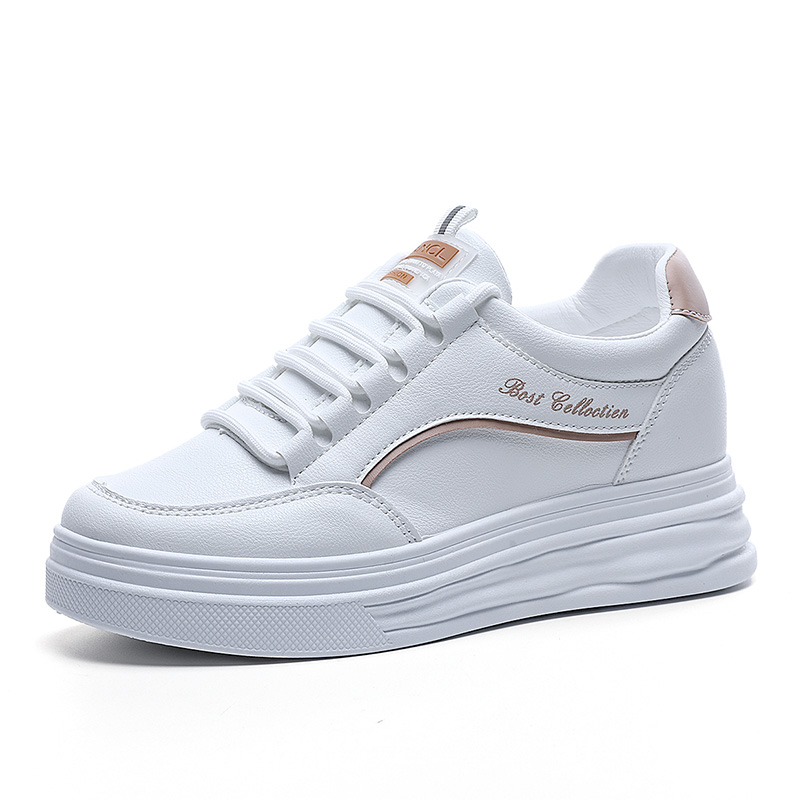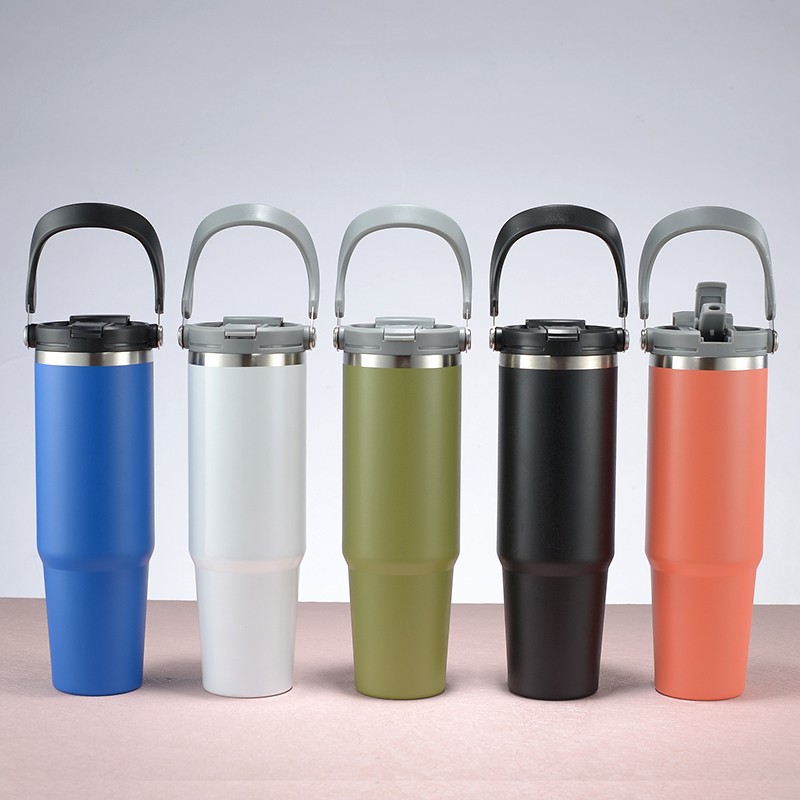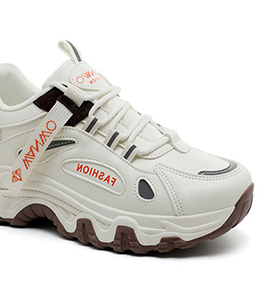Illuminating the Outdoors: The Ultimate Guide to the Best Light Sources for Outdoor Photography
Outdoor photography is an art form that thrives on the interplay of light and shadow. Whether you are capturing the vibrant hues of a sunset, the delicate details of a flower, or the grandeur of a mountain range, the quality of light can make or break your shot. Understanding the best sources of light for outdoor photography is crucial for any photographer looking to elevate their work. In this article, we will explore various natural and artificial light sources, their characteristics, and how to effectively utilize them to enhance your outdoor photography.
The Golden Hour: Nature’s Best Light
One of the most celebrated times for outdoor photography is during the golden hour, which occurs shortly after sunrise and before sunset. During this period, the sun is low on the horizon, casting a warm, golden glow that softens shadows and enhances colors. The light is diffused, creating a magical atmosphere that is particularly flattering for portraits and landscapes alike.
Characteristics of Golden Hour Light:
- Warm Color Temperature: The light has a color temperature ranging from 2500K to 3500K, which adds a rich, golden hue to your images.
- Soft Shadows: The low angle of the sun results in longer shadows that add depth and dimension to your photographs.
- Dynamic Range: The contrast between highlights and shadows is more pronounced, allowing for dramatic compositions.
The Blue Hour: Capturing the Transition
Following the golden hour, the blue hour occurs just before sunrise and after sunset. This period is characterized by a cooler color palette, with deep blues and purples dominating the scene. The blue hour is an excellent time for urban photography, as artificial lights begin to twinkle against the backdrop of the deepening sky.
Characteristics of Blue Hour Light:
- Cool Color Temperature: The light temperature can drop to around 2000K to 3000K, creating a serene and tranquil atmosphere.
- Enhanced Contrast: The transition from natural to artificial light can create striking contrasts, making subjects pop against the darkening sky.
- Mood and Emotion: The cooler tones evoke feelings of calmness and introspection, perfect for storytelling through your images.
Midday Sun: Harnessing Harsh Light
While many photographers shy away from shooting during the harsh midday sun, it can be an opportunity to create striking images if approached correctly. The high angle of the sun produces strong, direct light that can create bold contrasts and vibrant colors.
Techniques for Shooting in Harsh Light:
- Use of Reflectors: Reflectors can help bounce light onto your subject, softening shadows and adding dimension.
- Incorporate Shadows: Look for interesting patterns created by shadows, which can add depth and intrigue to your compositions.
- Experiment with Silhouettes: Position your subject against the bright sky to create dramatic silhouettes that emphasize shape and form.
Utilizing Artificial Light Sources
In addition to natural light, artificial light sources can play a significant role in outdoor photography. Portable flash units, LED panels, and even smartphone flash can be used creatively to enhance your images.
Key Considerations for Artificial Light:
- Balance with Ambient Light: When using artificial light, aim to balance it with the existing ambient light to create a natural look. This can be achieved by adjusting the power of your flash or using diffusers.
- Color Temperature Matching: Ensure that your artificial light matches the color temperature of the ambient light to avoid unnatural color casts in your images.
- Creative Lighting Techniques: Experiment with off-camera flash or continuous lighting to create unique effects, such as rim lighting or dramatic highlights.
Conclusion: Finding Your Perfect Light
The best source of light for outdoor photography ultimately depends on your subject, the mood you wish to convey, and the story you want to tell. By understanding the characteristics of different light sources—both natural and artificial—you can make informed decisions that enhance your photography.


